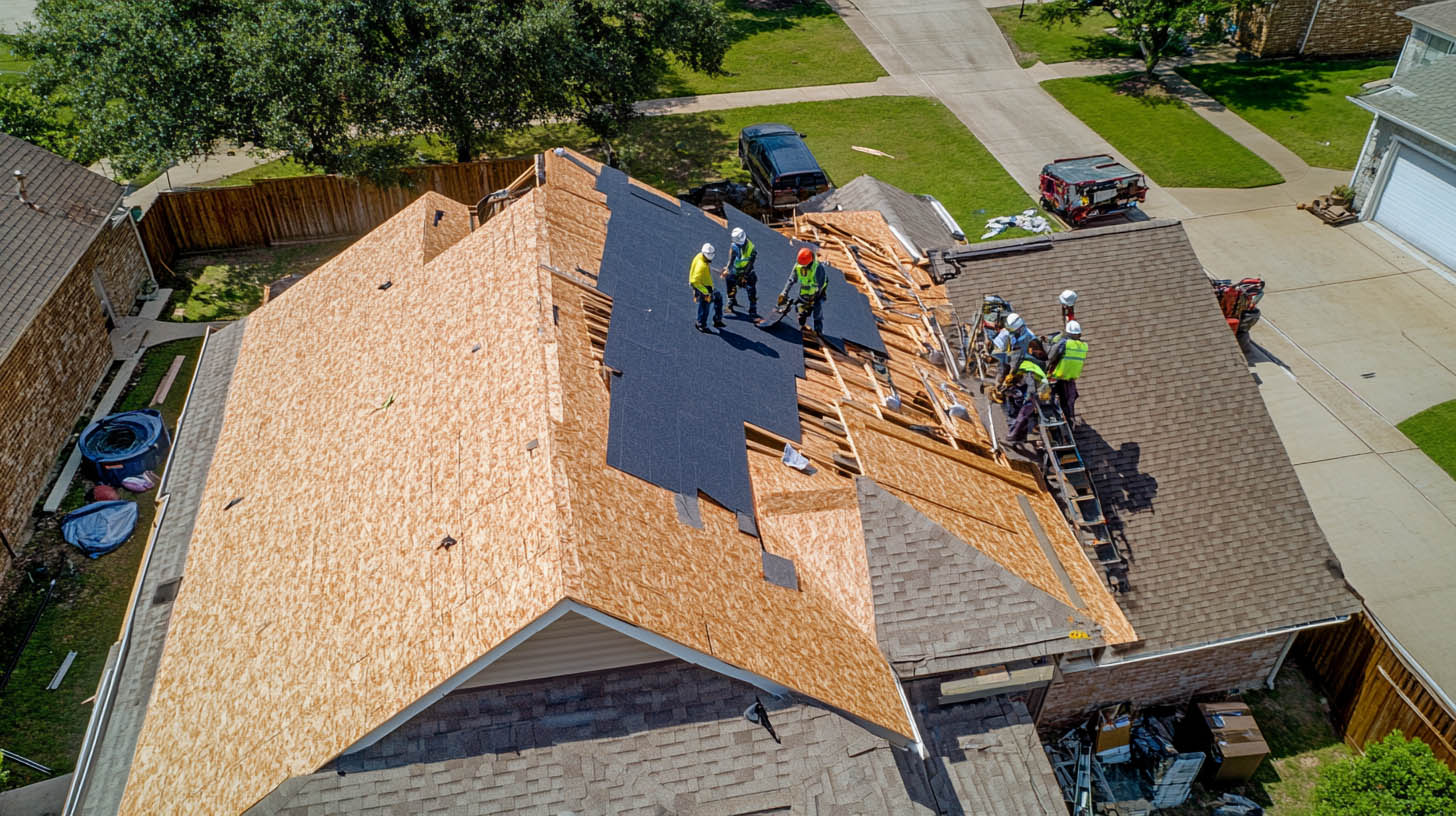
A new roof installation is a significant project that protects your home while adding value and aesthetic appeal. Rainstoppers Roofing in Charleston, WV, ensures a seamless process by focusing on every crucial step. Here’s an in-depth look at what’s involved.
Step 1: Inspection and Assessment
Importance of a Roof Inspection
A thorough inspection identifies wear and tear, leaks, or structural issues, determining whether a complete replacement or repairs are needed. Contractors evaluate your roof’s condition, factoring in local climate conditions for material selection.
Step 2: Selecting Roofing Materials
Popular Options
- Asphalt Shingles: Affordable and available in various colors and styles.
- Metal Roofing: Durable, low-maintenance, and long-lasting.
- Tile Roofing: Offers a sophisticated appearance with high durability.
- Wood Shakes: Rustic appeal but requires extra care.
Step 3: Permits and Compliance
Local building codes often require permits to ensure safety and legality. Compliance with these regulations avoids future issues with insurance or property sales.
Step 4: Removing the Old Roof
Why Removal Matters
Removing the old roof uncovers hidden problems like rotting deck boards or trapped moisture. This ensures a fresh, sturdy foundation for the new materials.
Step 5: Roof Deck Repairs and Inspection
A solid roof deck is crucial for supporting the weight of the new roof. Repairs address damage or rot, preventing long-term structural issues.
Step 6: Installing Underlayment and Flashing
Benefits
Underlayment adds a waterproof barrier, while flashing seals vulnerable areas like valleys and vents, protecting against leaks and water damage.
Step 7: Roofing Material Installation
Techniques by Material
- Shingles: Overlapping placement for weather resistance.
- Metal: Precision in panel alignment and sealing.
- Tile: Secure fastening to accommodate weight and alignment.
Step 8: Ventilation Systems
Proper ventilation reduces moisture buildup, regulates temperature, and increases energy efficiency. Ridge vents or attic fans are commonly used.
Step 9: Cleanup and Final Inspection
Post-installation cleanup ensures safety and enhances curb appeal. A thorough inspection confirms the roof meets quality and safety standards.
Cost Considerations
Factors Affecting Costs
- Materials: Asphalt shingles ($3–$5 per square foot) vs. metal ($5–$12 per square foot).
- Labor: Varies by complexity and region.
- Additional Expenses: Old roof removal, deck repairs, and permits.
FAQs
Do I need permits for a new roof installation?
Yes, permits ensure compliance with local building codes and may be required for insurance purposes.
How long does a roof installation take?
Depending on size and complexity, installations typically take 2–14 days.
Is removing the old roof necessary?
While re-roofing is an option in some cases, removing the old roof ensures a longer-lasting installation.To explore key considerations for commercial roof installation, click here.
